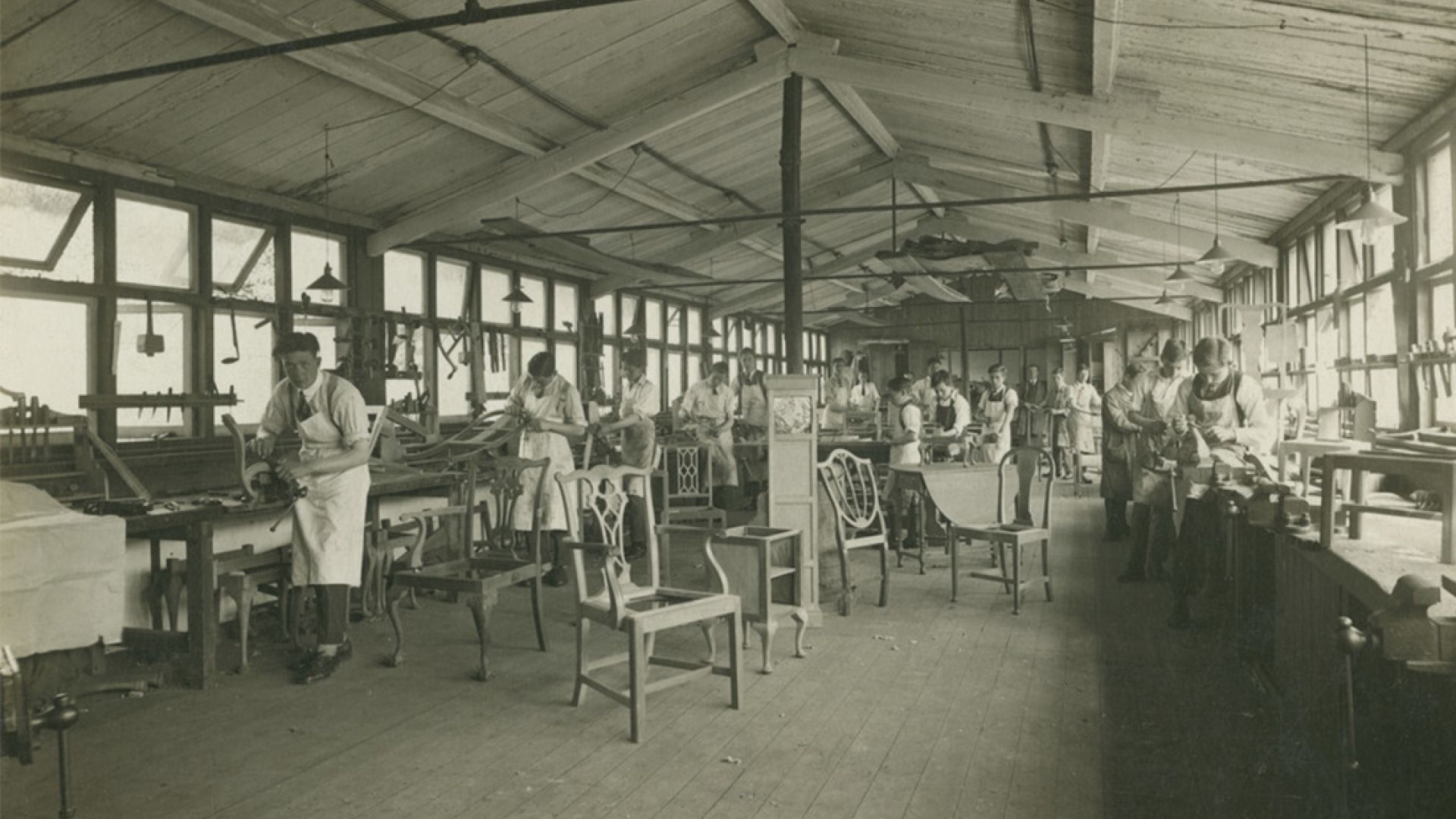
#MadeAtUni: A history of creative arts @ BNU
130 years ago, in High Wycombe’s Frogmoor Gardens, Buckinghamshire New University first opened its doors as the School of Science and Art.
Jointly funded by Buckinghamshire County Council and the School of Art in Kensington Gardens (amounting to a sizeable total of £575!), the school was formed to support the town’s traditional skills of furniture making.
The school ran a variety of courses throughout the day, but most happened in the evenings so students could also work in the local furniture trade. The school gained a national reputation for training in woodwork, timber technology and furniture design, and provided a training framework for the town’s developing trade.
Furniture making in High Wycombe
The craft of making wooden furniture in the Chilterns dates back beyond 1700.
Why here, though? Well Daniel Defoe, author of the classic novel Robinson Crusoe, put it down to the "vast quantity of Beechwood which grows in the woods of Buckinghamshire more plentifully than in any other part of England".
In the early years, the production line started in Wycombe where chair parts were made, before they were sent to London to be made into chairs. But over time, High Wycombe landowners made space available in their premises to allow the work to be completed in the town itself.19th century chairmakers made High Wycombe the chair making capital of the world with the invention of the famous Windsor chair.
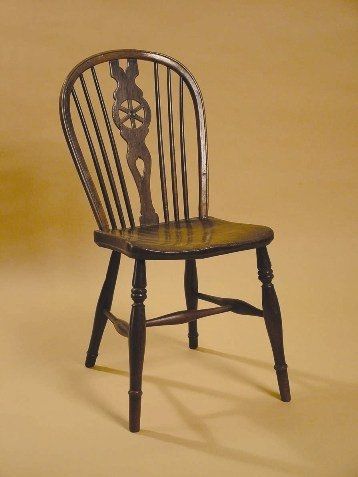
A classic Windsor chair (Image from Wycombe Museum archives)
When Queen Victoria came to visit in 1877, High Wycombe locals wanted to welcome her and show off the skills and thriving industry of the town. So began the longstanding local tradition of the chair arch.
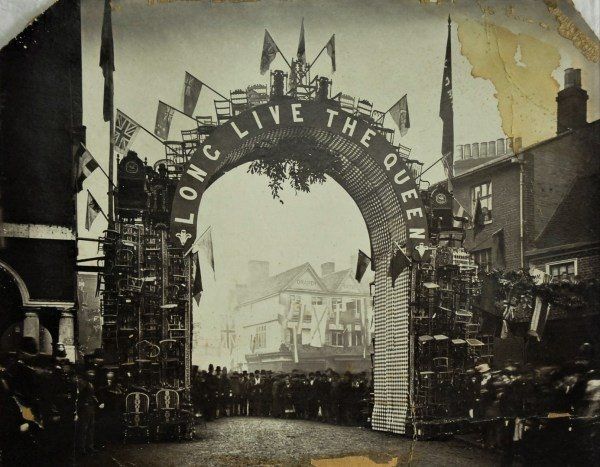
1877 chair arch in High Wycombe (image from Wycombe Museum archives)
Wycombe Technical Institute
In the early 20th century, tuition was largely given to ex-soldiers and sailors of the First World War. The school quickly outgrew its space in Frogmoor and moved onto pastures new as Chepping Wycombe Technical Institute and School of Art.
Following the end of WWII, consumer demand grew rapidly and the whole country wanted a piece of the famous Wycombe furniture pie. And so, the Technical Institute provided even more ex-servicemen in with the essential skills needed to gain employment in the town’s flourishing industry.
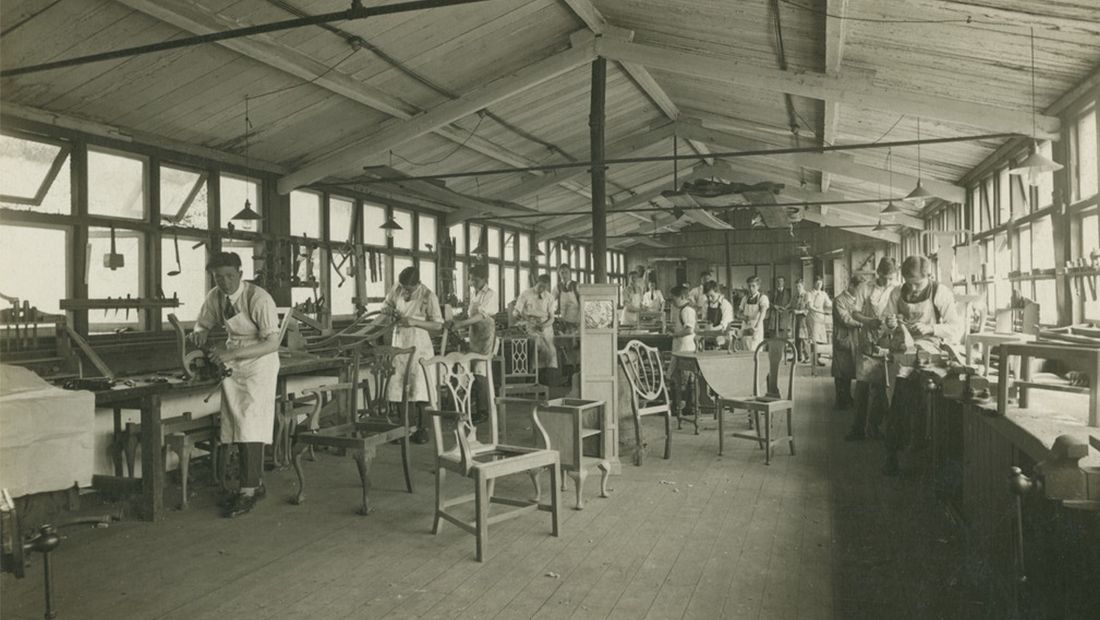
Chairmaking trainees at the Technical Institute approx 1924 (image from High Wycombe Furniture Archive)
Advances in technology meant that the materials used and methods of furniture making saw huge changes in the mid-century era, but High Wycombe was still considered the chairmaker’s capital of the world.
A notable trainee was a young Robin Day (OBE). The training he received in High Wycombe formed the basis of a celebrated career in furniture design. Robin Day is remembered for designing something you’ve most definitely seen but perhaps never heard of, Polypropylene Chair Mark II (catchy name, right?).
The plastic chair designed by Day went on to become a worldwide phenomenon and is found in schools and public buildings all over the globe.
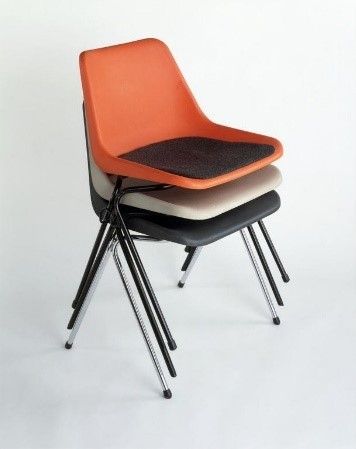
Robin Day's Polypropylene Chair Mark II
New era
The town’s furniture trade sadly declined towards the end of the century due to the rising costs of land and rent. But things were only getting started for BNU, which in 1999 was awarded University College status and expanded its creative course offering tenfold.
The turn of the century brought new courses in a wide breadth of creative fields including art and design, music and performance, fashion and textiles, media, game design and many more. And this new era attracted a wealth of notable talent, including creative alumni Noel Feilding, The Repair Shop’s Jay Blades, and Paralympian Naomi Riches MBE, who studied jewellery design at BNU.
But BNU never forgot its furniture-making roots, launching the High Wycombe Furniture Archive in 2014 which has itself featured on BBC’s The Repair Shop.
In 2022, BNU’s School of Creative and Digital Industries and School of Art, Design and Performance deliver more than 100 creative undergraduate and postgraduate courses. Students at BNU benefit from a teaching base at the historic Pinewood Studios as well as longstanding industry links which see them network with partner companies such as Sennheiser, British Fashion Council and Kobalt Music.
BNU prides itself on its illustrious creative history and the ever-expanding course offering continues to pave the way for future #CreativeSparks to be #MadeAtUni.